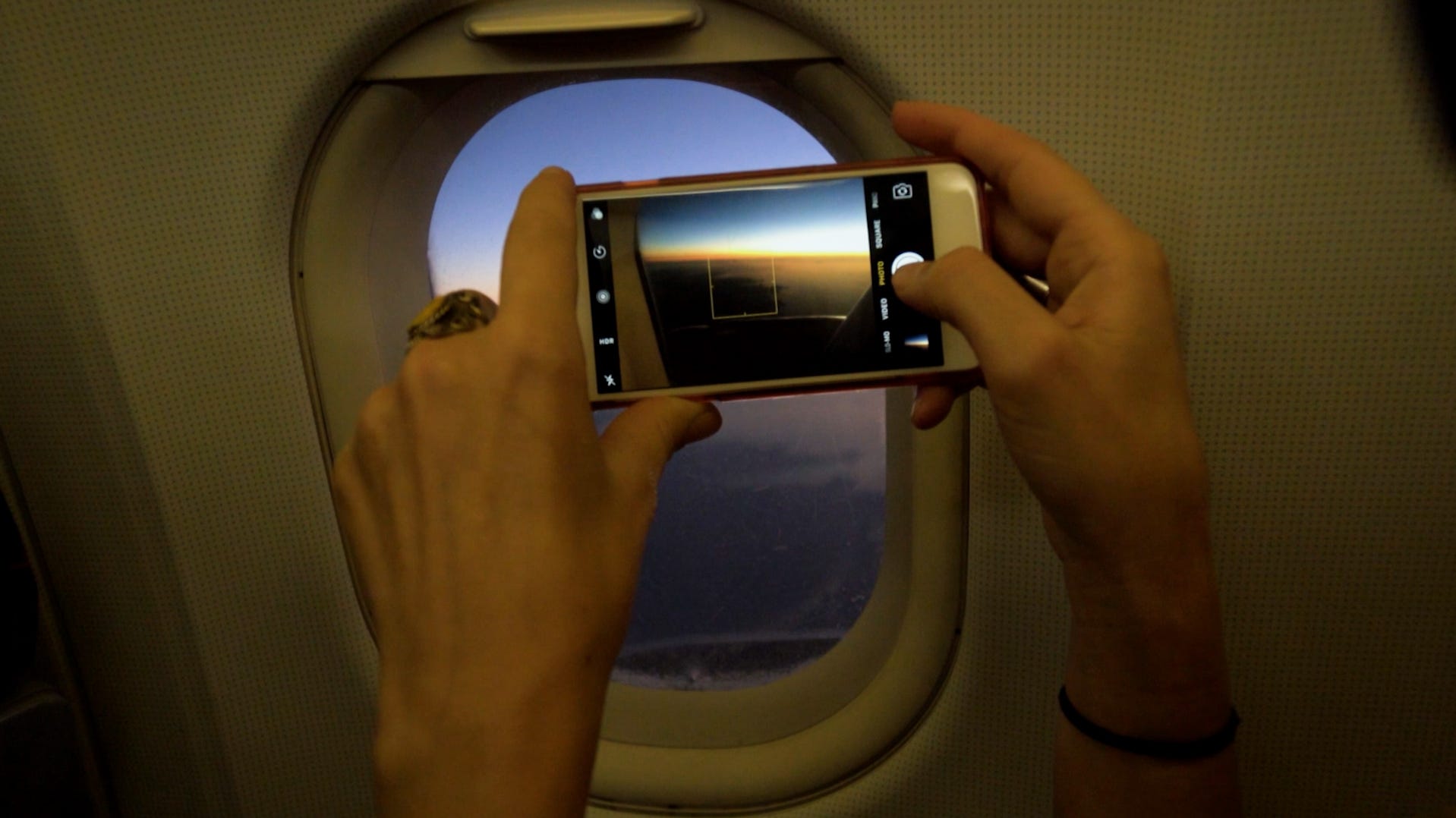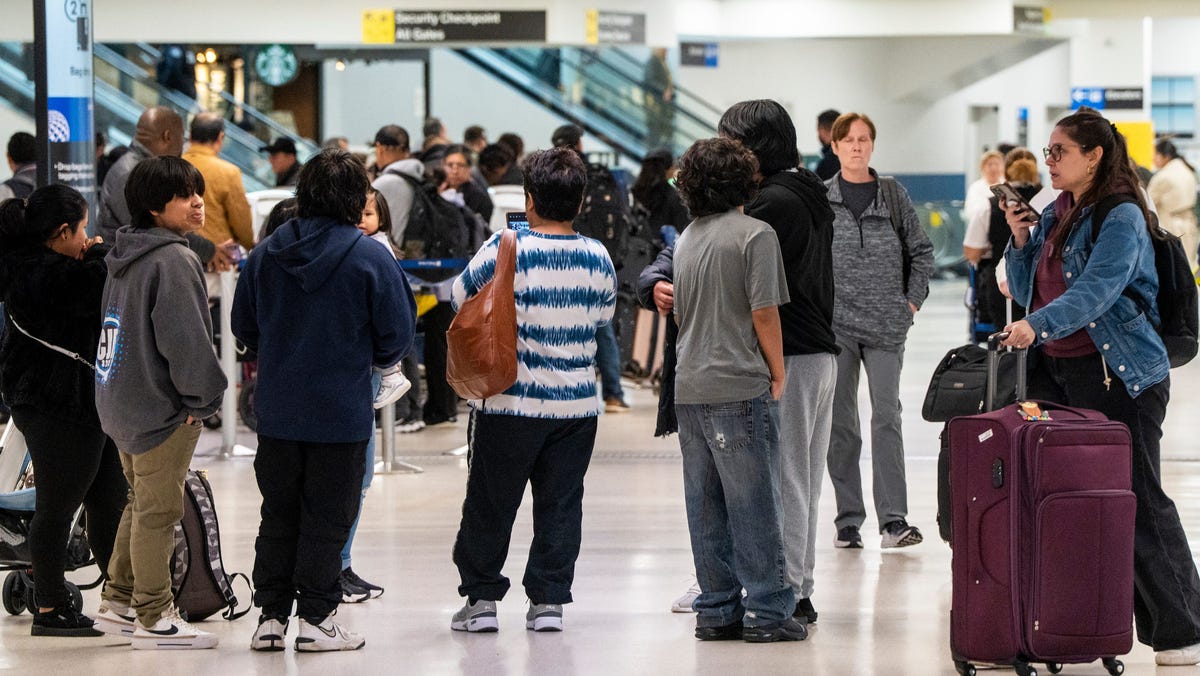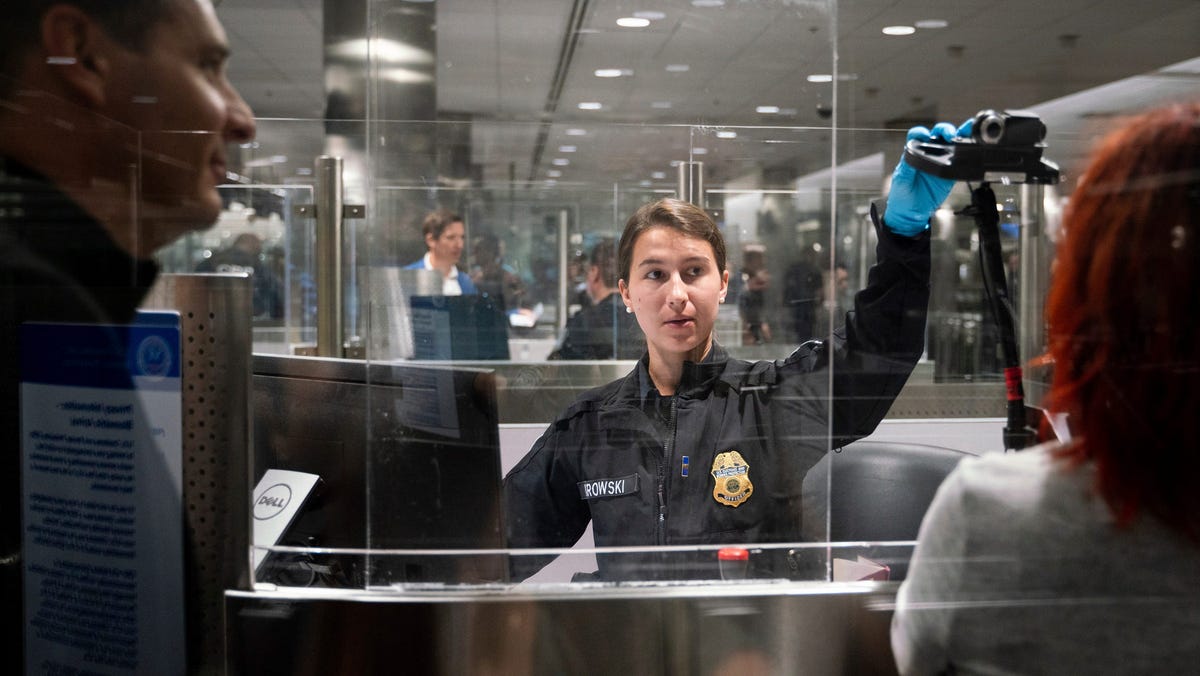
Flight safety tips and tricks for electronics
If you’ve flown recently, your airline probably asked you a question or issued a warning about packing your electronics safely. Here’s why.
- Southwest Airlines now requires passengers to keep portable power packs visible while charging devices onboard.
- This policy aims to mitigate the risk of fires caused by lithium-ion batteries, a growing concern in aviation.
- Experts recommend keeping electronics in the passenger compartment, away from flammable materials, and alerting flight attendants if any device overheats or emits smoke.
Southwest Airlines wants you to keep your battery packs visible onboard, and so do I. The carrier announced last month that it would require passengers using portable power packs to keep them visible when they recharge their devices onboard. It’s a smart move, and I suspect other airlines will follow their lead; electronics on planes can be a danger hiding in plain sight. They are increasingly linked to onboard fires.
I’ve been asked a lot this year if flying is still safe, and the data shows it is. But I understand why people are asking the question: there was a historic, fatal accident involving a passenger jet at the start of the year, and since then, there’s been a steady drumbeat of other news about issues in the aviation safety net, including problems with air traffic control. However, one thing that isn’t being talked about is what passengers can do to keep flying safe, including steps they can take to prevent fires onboard.
I’m not here to say the aviation system is perfect aside from passengers, either. The Federal Aviation Administration needs more funding to hire air traffic controllers and upgrade its equipment. There are always things the industry can do to make flying even safer than it already is. But day to day, those aren’t my real concerns.
I still feel perfectly safe getting on a flight, but you know what does worry me a little bit? Other passengers.
A lot of people don’t seem to understand that rules in aviation are almost universally there for their safety. I previously wrote about why you really should use airplane mode on your phone when you’re flying because not using it could disrupt some of the plane’s communications systems and other equipment.
Now, I want to dig a little deeper into the danger batteries can pose to a flight, and how to travel with electronics safely.
Fire onboard
If you’ve flown recently, your airline probably asked you a question or issued a warning about packing your electronics safely.
If you’re checking a bag, the agent probably asked you if you have any batteries packed in your suitcase.
If you’re on a small plane and your carry-on doesn’t fit in the overhead bin, the gate agent probably requested that you remove your electronics before it went down into the hold.
All those steps are meant to protect against fire onboard.
“If there’s a fire in the cargo hold, there’s not much we can do once that happens,” Rich Henderson, a flight attendant at a major U.S. airline and one of the authors of the Two Guys on a Plane blog, told me. “If there’s a fire in the cabin, there’s highly trained flight attendants in the cabin that can manage this fire.”
Airplane cargo holds do typically have firefighting systems installed, but they are not as adaptive to the specifics of an incident as a flight attendant with a fire extinguisher can be.
Henderson said flight attendants go through intensive firefighting training as part of their certification process, and that lithium-ion battery fires are becoming a bigger cause for concern as more passengers bring electronics onboard.
“It’s a big enough issue now that we have a dedicated section of our recurrent training where we talk about lithium-ion fires,” he said.
According to the FAA, there have been about 20 incidents involving lithium batteries on passenger flights in the U.S. already this year. The FAA received close to 80 similar reports in 2024.
Fortunately, according to the science safety nonprofit UL, most thermal incidents with batteries are caught before they become a full-blown fire on airplanes.
Frank LaBue, an adjunct instructor at Vaughn College in New York, said that fires in the confined space of an aircraft can be especially dangerous, and it’s important to be responsible with devices that can cause them.
“(Fire) is a bigger concern on an aircraft,” he said. “We do have systems onboard that do have oxygen and if that’s exposed, that would contribute to a flame if it happens.”
How to travel safely with electronics
The Department of Transportation has its own guidelines for the safe transportation of electronic devices and batteries. Those include keeping them in the passenger compartment, not in checked luggage, and avoiding having the terminals exposed.
For my part, I am overly paranoid about inadvertently causing a fire on a flight. I won’t even pack my electric toothbrush in my checked luggage.
“Keeping (electronics) away from flammable places like fabric and things and keeping it in a place where people can see it and react quickly, is a good idea,” LaBue said.
Following the rules can help prevent the situation from escalating if something does go wrong.
“I don’t think people pay as much attention to that as they’re supposed to,” Henderson said. “It’s really important that people don’t take that warning lightly.”
It’s the same reason passengers are advised not to adjust their seats if they lose an electronic device between the cushions. The seat’s mechanisms can puncture a battery, which can also lead to a fire.
“We don’t tell them if you move your seat it potentially can catch fire and now we have a second problem,” Sheryl Stroup, the Association of Flight Attendants’ Safety, Health and Security Committee chairperson, told me. “That education piece is just so vital.”
While no other airlines have introduced a policy similar to Southwest’s yet, both Henderson and LaBue said it seems like a smart move for all carriers.
“The visibility of the devices is a smart choice,” Henderson said. “Every regulation we have in aviation comes from an incident happening. Clearly, this is something that’s getting increasingly dangerous as time goes on, and more devices come onboard.”
When in doubt, alert your flight attendant
Stroup added that if you’re traveling and your electronics start to overheat, emit smoke, or otherwise seem like they’re reacting strangely, it’s a good idea to be proactive about reaching out to your cabin crew to prevent the situation from escalating.
“Taking those steps to communicate, to keep the devices where they can see them, and understanding the risks,” she said, is the best way to prevent a fire onboard.
Zach Wichter is a travel reporter and writes the Cruising Altitude column for USA TODAY. He is based in New York and you can reach him at zwichter@usatoday.com.
(This story was updated to include video.)










